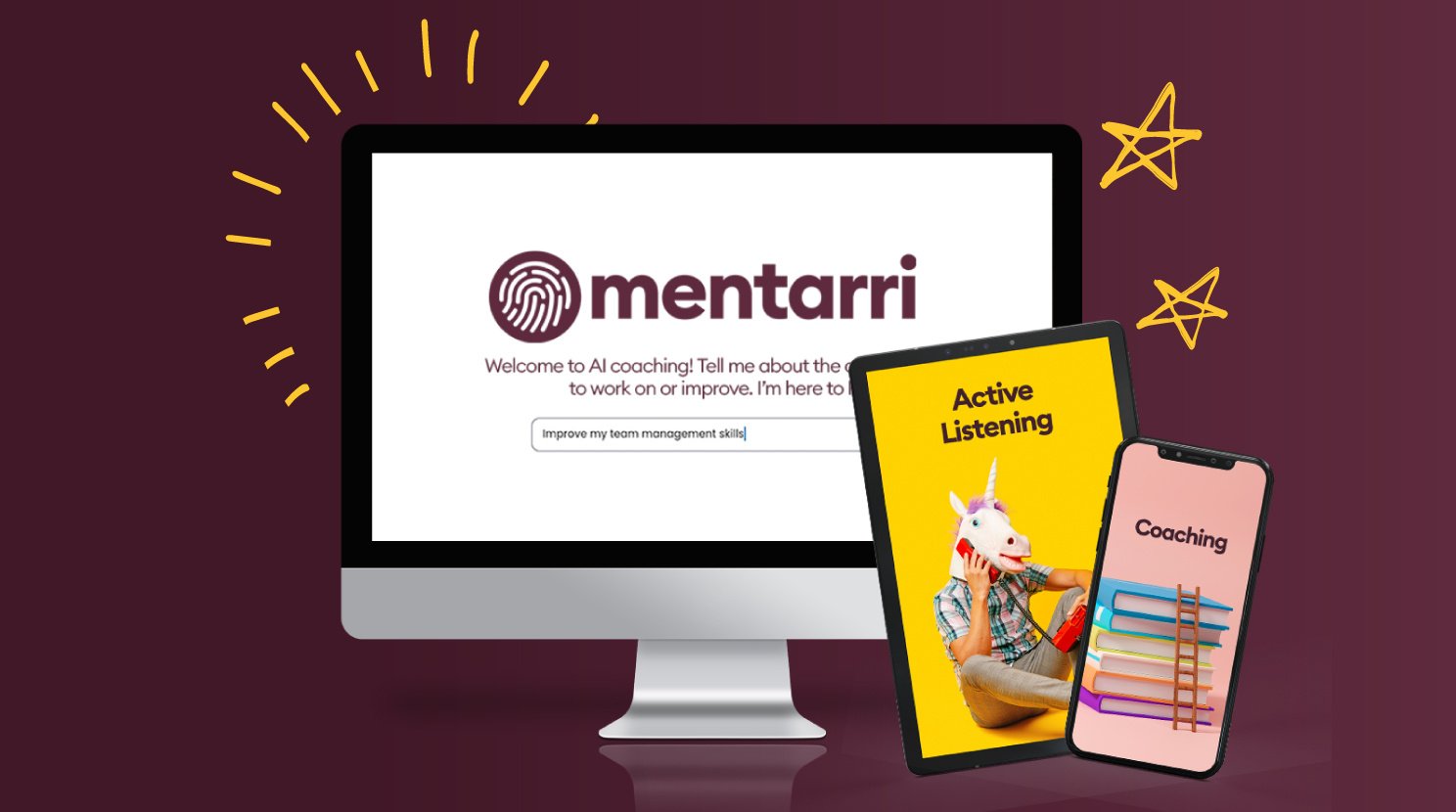At a time when more than 90% of UK workers will need reskilling by 2030, the apprenticeship levy provides employers with the opportunity to offer free training and development programmes to their employees.
This apprenticeship levy funding guide will help employers understand how they can make the most of their apprenticeship levy - and show that modern day apprenticeships are open to all ages and levels of employee.
In fact, almost half (47%) of apprenticeships started in 2019-20 were by people aged 25 or over, with programmes in a variety of subjects and skills development. Apprenticeships are no longer the preserve of school-leavers looking for technical training, but are open to all employees, including those looking to develop their leadership and management abilities.
Our well-received online learning and management courses are ideal for instilling your junior and middle managers with agile leadership soft skills from day one. These management courses are levy-funded, meaning you can cover 100% of training costs with the apprenticeship levy as an employer.
What is the apprenticeship levy?
The apprenticeship levy was created by the government in April 2017 to encourage business owners to invest in apprenticeships and training programmes, with the aim of helping develop new skills in an organisation’s workforce to drive growth and productivity. As well as providing essential training and skills development, apprenticeships also help to grow employee engagement and wellbeing.
The apprenticeship levy is a form of taxation paid by employers, which is then stored as a fund that can be accessed to pay for apprenticeship training programmes and associated costs. How much an individual employer pays and what they can access depends on the size of the organisation’s payroll.
Read the latest apprenticeship funding rules for employers.
How much do you need to pay into the apprenticeship levy?
The apprenticeship levy is a tax created by the government to fund apprenticeships:
- It applies to all employers with a wage bill of over £3 million per year
- The apprenticeship levy is charged at 0.5% of an organisation’s total pay bill, offset by a £15,000 levy allowance
- The levy is paid monthly through PAYE alongside income tax and national insurance contributions
- Organisations that pay the apprenticeship levy can view their contributions in a digital account which can then be used to choose and pay for apprenticeship programmes
If a business’ payroll is under £3 million, they can still access apprenticeship funding. Non-levy paying employers will need to contribute 5% of any apprenticeship costs, with the rest being covered by the government.
What happens to unspent levy funds?
Importantly, after 24 months any unused funds expire and return to the government. This has led to some employers viewing the levy as a pure taxation, surrendering their funds and failing to utilise training opportunities on their employees.
To avoid this, we recommend that organisations invest in high-quality training and assessment to develop their existing workforce.
Qualifying businesses can use any unspent levy funds in each financial year to support existing apprentices to complete their training, or enable existing employers to attend our online leadership and management courses which result in a Level 3/5 management qualification on completion.
You can also pay for apprenticeship training for smaller employers or make additional payments to support apprentices.
What are the employer benefits of the apprenticeship levy?
1) Develop your organisation in a way that is effectively cost-free
The pace of change in the world of work means that learning is vital to business success. A quarter of all jobs have seen their required skillset change by at least 25% since 2015 according to LinkedIn - and that number is set to double by 2027.
The levy enables employers of all sizes to secure extra funds to improve the quality and quantity of the training they offer, developing the skills of existing employees and improving engagement. This reduced the need to recruit, train and pay for new recruits.
There is also the opportunity to train existing employees to degree level - without the associated costs.
2) Use the apprenticeship levy to train existing managers and employees
Organisations that upskill their leaders with a management training course often see huge spikes in engagement, productivity and retention. Why? Most managers are ‘accidental managers’. They may have proven functional skills, but they have little experience and knowledge of how to manage and develop other employees.
Upskilling your leaders and middle managers with a management training course allows you to embed emotional intelligence, strategic business thinking, agility and effective communication across all levels of your business.
Using the apprenticeship levy allows employers to embed lifelong learning in their managers through management development programmes that result in a Level 3 or Level 5 management apprenticeship qualification. With the levy, these courses are effectively cost-free.
3) Online levy-funded apprenticeships minimise workflow disruption
One benefit of levy-funded apprenticeships is that they can be tailored to your individual needs or industry. Apprenticeship training can be delivered online or in-person. They can be built around employees’ existing work schedules and allow them to earn while they learn.
Our own levy-funded Future Talent Learning leadership and management courses are a prime example, with clients and partners including Marks & Spencer, Costain, ASDA and many more.
Each course results in a Level 3 or Level 5 management apprenticeship qualification, with programmes delivered fully online. This allows learners to access learning wherever they are, whenever they need, minimising disruption to their existing workflow.
How are apprenticeships with a lengthy duration funded by the levy?
As long as an employer meets the criteria for the apprenticeship levy and money is being deducted, new funds will go into their apprenticeship account every month.
The cost of an apprenticeship is spread over the duration of the training. Those costs are paid in monthly instalments with existing funds in the account used first. This reduces the potential for funds to expire and makes paying for an apprenticeship through the levy a relatively simple process.
If your payroll situation changes or you no longer have enough funds to support an existing apprenticeship programme, the government will cover 95% of the balance due.
Only unspent funds will expire 24 months after they enter an employer’s account.
Do you need more apprenticeship levy guidance for employers?
We can talk you through how to use the levy so that your employees can train on our leadership and management apprenticeship courses cost-free.

















